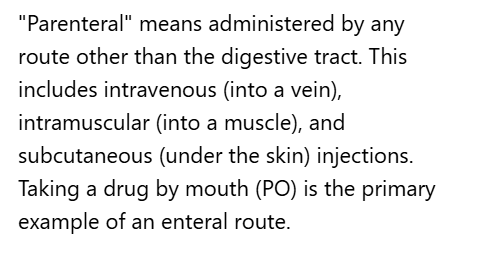MRI Patient Care / Infection Control
1/19
There's no tags or description
Looks like no tags are added yet.
Name | Mastery | Learn | Test | Matching | Spaced |
|---|
No study sessions yet.
20 Terms
_______ is defined as the cause or origin of a disease.
A. Isolation
B. Etiology
C. Pathogen
D. Nosocomial
B. Etiology
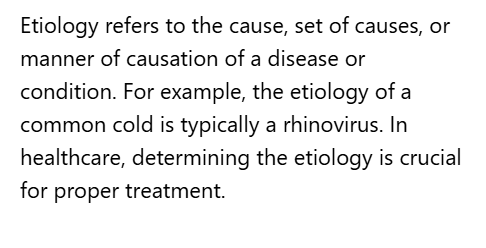
Enteral methods of drug delivery include all of the following EXCEPT:
A. Intramuscular
B. Sublingual
C. Oral
D. Rectal
E. By mouth (PO)
A. Intramuscular
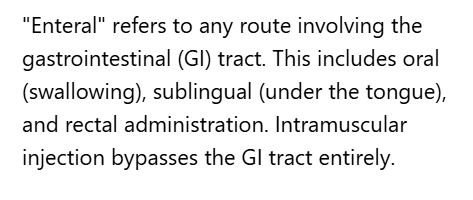
All of the following are methods of disease transmission EXCEPT:
A. Airborne
B. Droplet
C. Asepsis
D. Contact
C. Asepsis
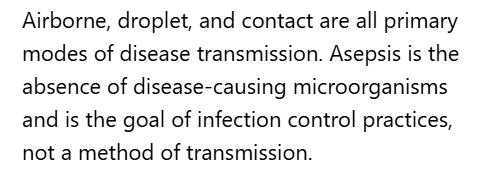
______ is defined as any disease producing agent, especially a virus, bacterium or other microorganism.
A. Isolation
B. Etiology
C. Pathogen
D. Nosocomial
C. Pathogen
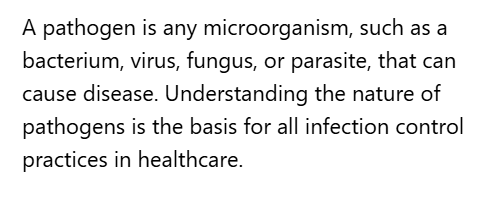
An example of a parenteral method of drug delivery is taking a drug by mouth.
A. True
B. False
B. False
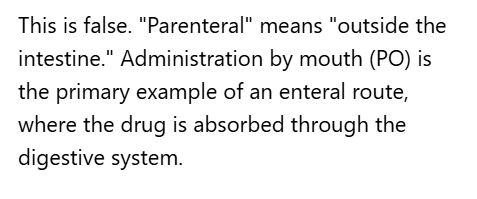
A patient, anxious about their scan, stands up quickly from the MRI table and feels lightheaded before losing consciousness for a few seconds. This medical term for fainting is:
A. Syncope
B. Seizures
C. Vertigo
D. Hypoxia
E. Dyspnea
A. Syncope
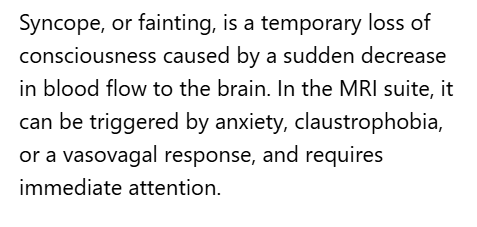
When preparing for an IV contrast injection, the primary purpose of using sterile technique is to:
A. Achieve medical asepsis
B. Prevent loss of oxygen in the body
C. Have better injection success rates
D. Ensure sterile objects remain sterile
D. Ensure sterile objects remain sterile
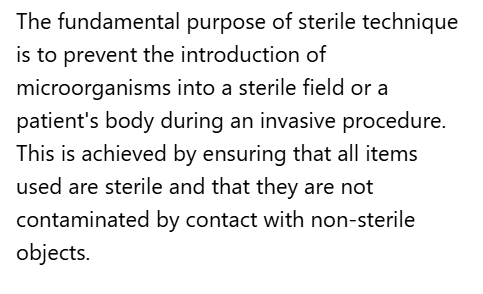
Wiping down the MRI table and coils between patients to reduce the number of germs is an example of:
A. Surgical asepsis
B. Medical asepsis
C. Sterile technique
D. Nosocomial phase
E. Parenteral
B. Medical asepsis

An intramuscular injection of Glucagon for an MR Enterography is an example of a parenteral method of drug delivery.
A. True
B. False
A. True
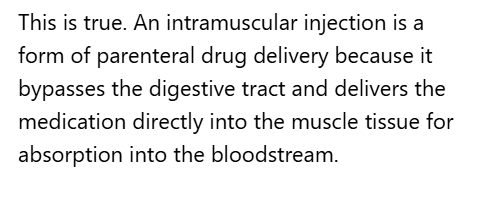
The practice of wearing gloves when starting an IV on any patient, regardless of their known infection status, is an example of:
A. Isolation
B. Etiology
C. Pathogen
D. Nosocomial
E. Universal precautions
E. Universal precautions
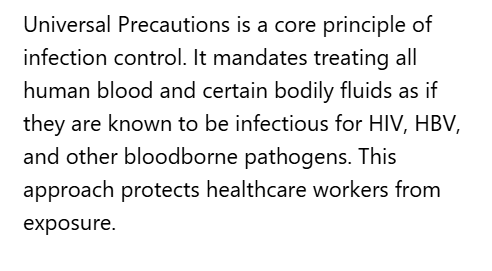
A _____ patient is one that is paralyzed from the waist down.
A. Truncated
B. Quadriplegic
C. Paraplegic
D. Contact isolation
C. Paraplegic
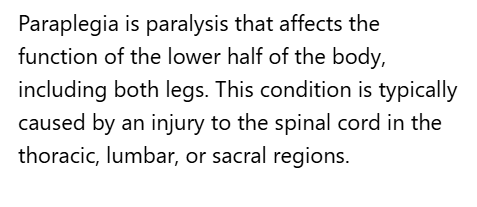
A sign that a patient may be in cardiac arrest might include:
A. Cyanosis
B. Pallor and weakness
C. Choking
D. Leg weakness
B. Pallor and weakness

What items should be worn by a healthcare provider during any direct contact with a patient?
A. Gowns
B. Gloves
C. Mask
D. All of the above
E. None of the above
B. Gloves
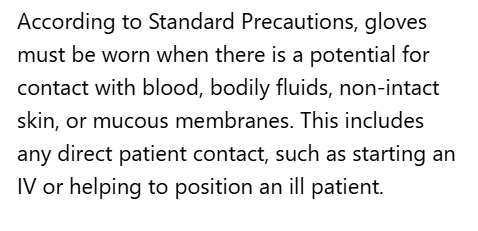
A patient may have a disease but not show any symptoms. This stage of disease is defined as the:
A. Isolation disease phase
B. Latent disease phase
C. Pathogen phase
D. Nosocomial phase
B. Latent disease phase
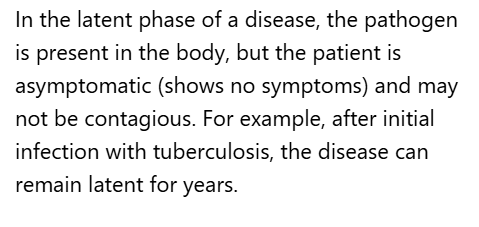
An inpatient develops a staph infection at their IV site two days after their MRI. This type of infection acquired during a hospital stay is known as:
A. Isolation
B. Enteral
C. Pathogen
D. Nosocomial
E. Parenteral
D. Nosocomial

A ____ patient is one that is paralyzed in the upper and lower extremities
A. Truncated
B. Quadriplegic
C. Paraplegic
D. Enteral
B. Quadriplegic
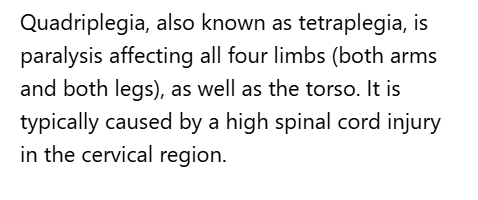
While moving a patient to the MRI table, they suddenly become unresponsive. The definitive sign that the patient is in cardiac arrest would be:
A. Not having a pulse
B. Choking
C. Nausea and vomiting
D. Drop in blood pressure
A. Not having a pulse

A sedated patient’s pulse oximeter reading drops to 89%. This indicates a state of _______, which is a decrease in the amount of oxygen in the body.
A. Hypoglycemia
B. Hypertoxicemia
C. Magnetohydrodynamic effect
D. Hypoxia
E. Dyspnea
D. Hypoxia
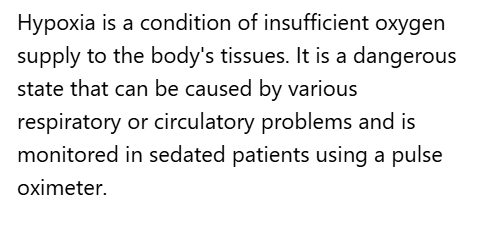
Before starting an IV for a contrast injection, the technologist prepares a tray where all items are free of microorganisms. This complete removal of all microorganisms is known as:
A. Surgical asepsis
B. Medical asepsis
C. Nosocomial phase
D. Parenteral
A. Surgical asepsis
All of the following are methods of parenteral drug delivery EXCEPT:
A. Intravenous (IV)
B. Intramuscular (IM)
C. Subcutaneous (SC)
D. By mouth (PO)
D. By mouth (PO)
